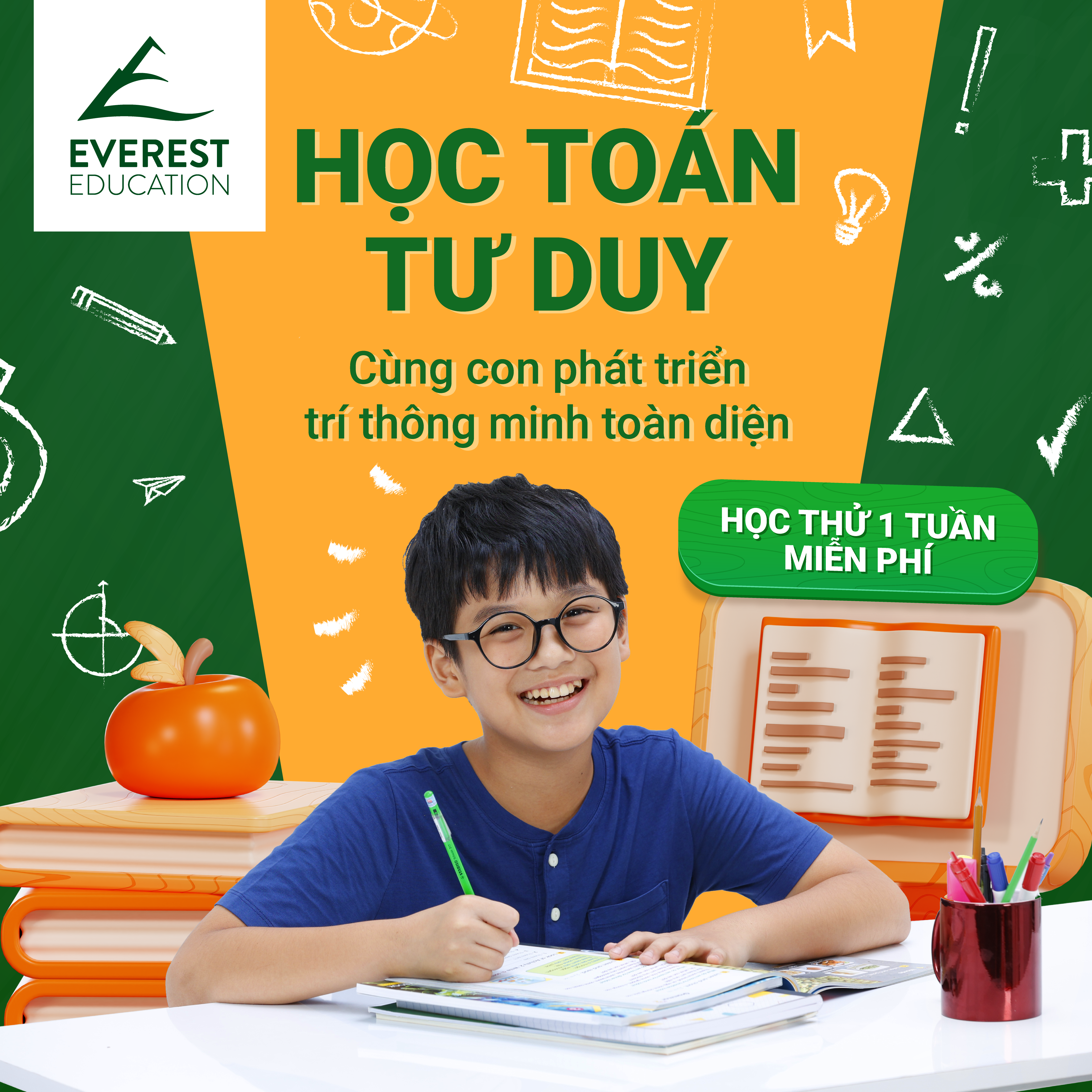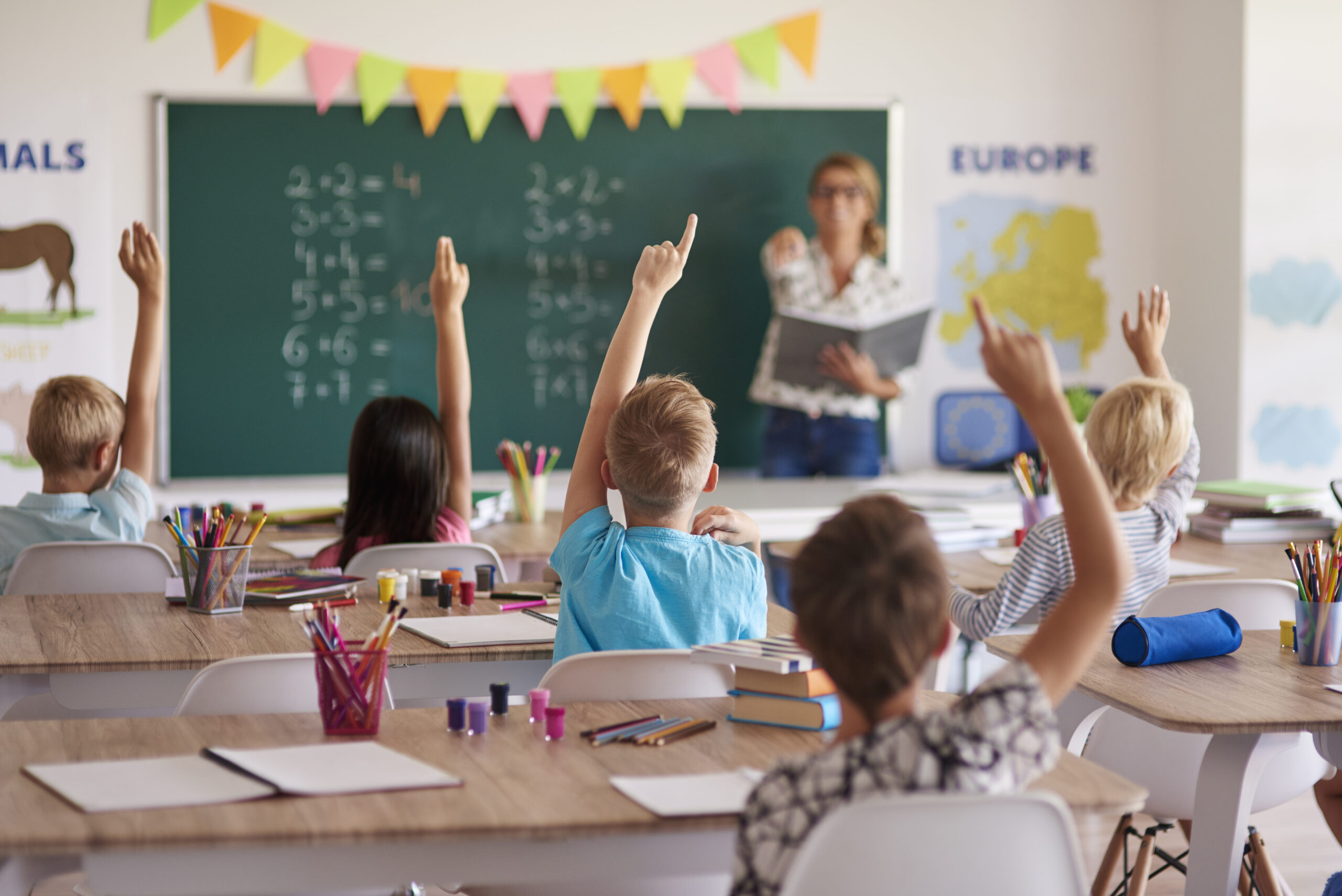1. What is creative writing?
Creative writing is a type of writing with an emphasis on narratives and character development using literary and poetic languages, distinguished from the academic, factual, and journalistic forms of writing. More understandably, a creative writing piece is a story that can be both fiction (stories, novels and poems in romance, crime, horror, and adventure) and nonfiction (biographies, stories based on real-life events). For children, writing fictional short pieces is encouraged as these are the closest forms to their favorite bedtime stories.

3. Steps to help your child’s creative writing better
Essential Planning
 Before your child becomes immersed in their tale worlds, plots, and characters, they should be taught to plan their writing effectively. Here are a few things to consider:
Before your child becomes immersed in their tale worlds, plots, and characters, they should be taught to plan their writing effectively. Here are a few things to consider:
- Narrative Hooks: To make the writing process smoother and easier to follow, you should first ask your child to think of all major plots and significant characters as well as draw out a specific timeline. Every key point can be included in an outline or story map. You can encourage them to relate to their favorite stories from other authors and ask them which plot attracts them.
- Characters: When building a character, ask your child about their favorite fiction or nonfiction person. Then you can prepare a character profile and let them fill in some key information such as specific appearance (age, height, weight, skin tone), personality, hobbies, skills, and occupations.
- Landscape: Ask your child what kinds of surroundings they would like their story to take place, for example, is it at their school, neighborhood, a foreign country, or an imaginary world. Having a list of desired places will help them organize their thoughts and make the plot easier as their story develops.
Free Writing
The most common mistake parents make while helping their children with creative writing is that they keep correcting and perfecting the writing at the beginning. After your child has formed the big idea, it is time for them first to dive in and write freely. Let them go with the flow of imagination without bothering about word choices, grammatical errors, and sentence structure. The first draft should not be assessed based on perfection, but on how your child manages to follow the plan they have created beforehand. If you interrupt their writing with correction, their thoughts might not be as organized, or they can lose their original inspiration.
Editing
The writing process requires multiple revision levels to work out a finished product. At this step, you can have a look into details about the sentence structure your child has made. You could ask them to read every paragraph out loud and have them proofread themselves first. Afterward, you can use highlighter pens to point out significant mistakes in grammar, punctuation, and word choices. Try not to correct them right away. Instead, question them to figure out themselves and find alternatives, for example: Is there a better word you can use here? Do you think there is a problem with this sentence? Is the exclamation mark being appropriately used here?
Freytag’s Pyramid or Story Mountain
Applying Freytag’s Pyramid or Story Mountain is an effective way to assess your child’s creative writing. This is a model which indicates that a good piece of creative writing should contain the following elements:
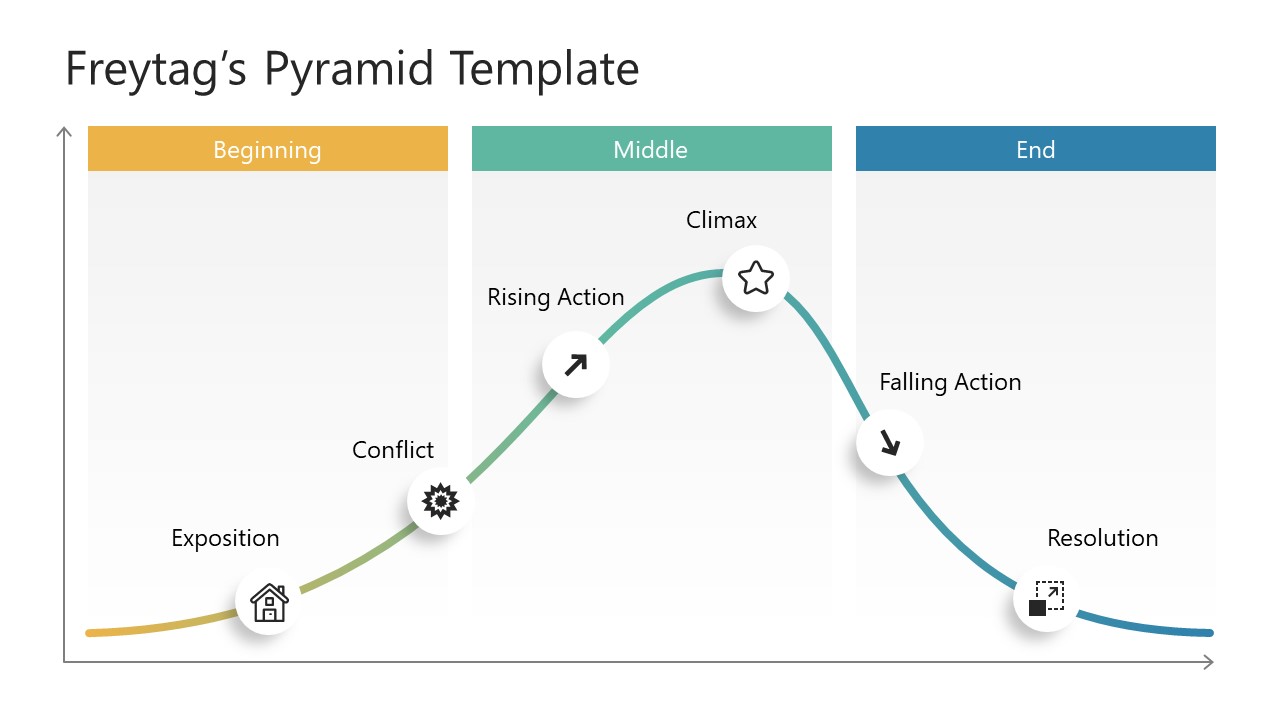
(cr) slidemodel.com
- Exposition – Beginning: Are the story’s characters and background set? A narrative hook should be introduced in the opening line to attract the readers.
- Inciting Incident – Main Issue: What is the key event happening to the main characters? How are they reacting and what are the series of events that follow up?
- Rising Action – Building Tension: Is there a difficult problem that challenges the protagonists to resolve? Is the action creating tension for the characters?
- Climax: This is the stage where the story reaches the highest point of tension between the main characters and the villain (or the opposite side). Is there a climax? Does the climax lead to opportunities for the protagonists to resolve their problems?
- Falling Action: Tension begins to decrease. This is an opportunity to show your story world after the climax and how this key event has impacted your character. Has anything changed as a result of this?
- Resolution: Is the problem or conflict resolved successfully by the characters?
- Dénouement – Ending: Does the ending reveal all resolved issues? Or does it show a potential opportunity for your characters to tie up their unfinished business?
Teaching creative writing at home is not an easy job, which explains why following the above structure would help you direct your child’s writing effectively as they start. Having clear instruction will also aid your child’s development of interests in a specific genre and certain style of writing. The flair for creative writing established at a young age will benefit your child’s writing ability when they reach a more advanced level.
Last but not least, if your child needs extra help improving her writing skills, we can help. Our English Language Art program helps develop writing and comprehension skills for young learners, from word recognition to creative writing. Learn more about our ELA classes here.
Explore English Writing Skill Booster Class at E2 this Summer

About E2xTwinkl series
E2 and Twinkl collaborated on articles in the E2xTwinkl series to give families a range of valuable information, activities, and ideas for following your children on their learning journey. The articles cover a variety of themes, like how kids learn STEAM and English efficiently at home. We believe you will start coming up with many wonderful ideas to help your children study well every day.
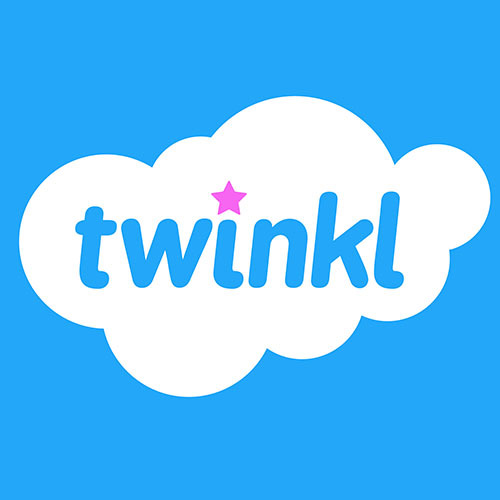 Twinkl Educational Publishing is a British online educational publishing house producing teaching and educational materials. It is trusted by 11 million teachers, parents, and 12,000 schools in more than 200 countries worldwide. Twinkl has a collection of over 750,000 documents created by a team of international experts.
Twinkl Educational Publishing is a British online educational publishing house producing teaching and educational materials. It is trusted by 11 million teachers, parents, and 12,000 schools in more than 200 countries worldwide. Twinkl has a collection of over 750,000 documents created by a team of international experts.


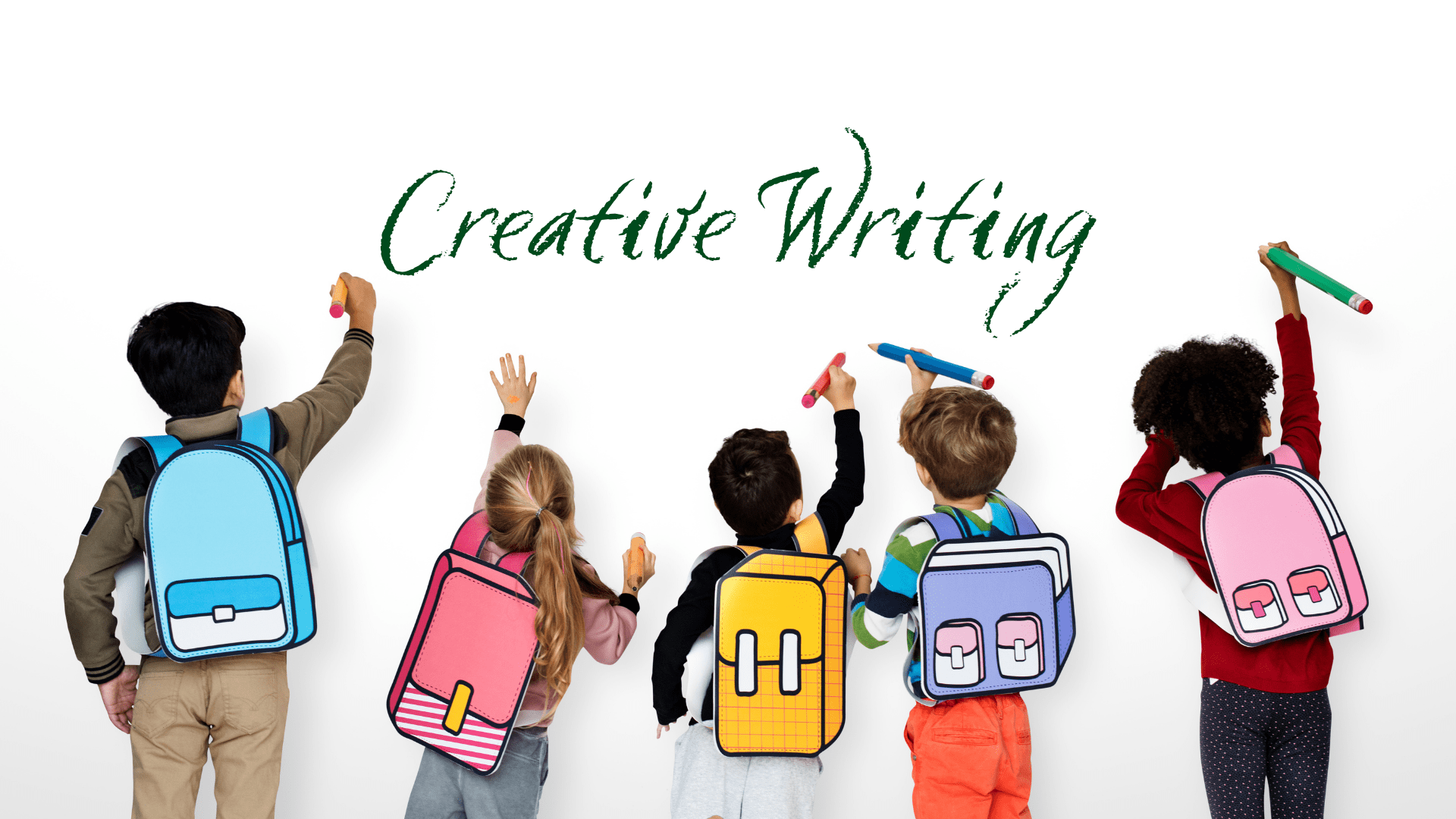

 It takes a lot more than just crafting a story as
It takes a lot more than just crafting a story as 


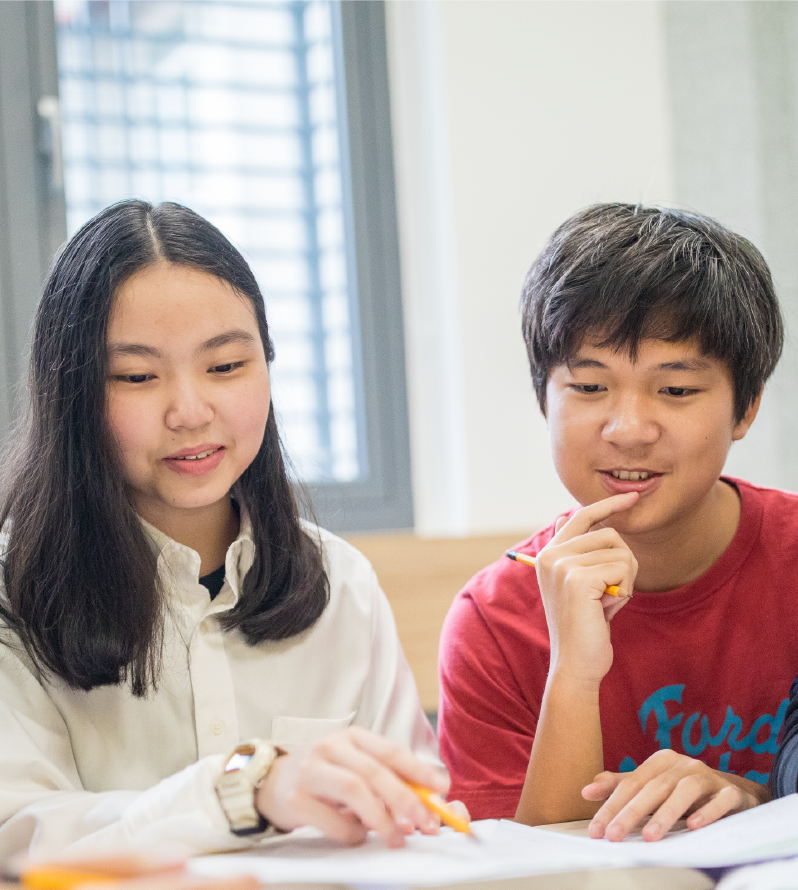


 Before your child becomes immersed in their tale worlds, plots, and characters, they should be taught to plan their writing effectively. Here are a few things to consider:
Before your child becomes immersed in their tale worlds, plots, and characters, they should be taught to plan their writing effectively. Here are a few things to consider:

 Twinkl Educational Publishing
Twinkl Educational Publishing